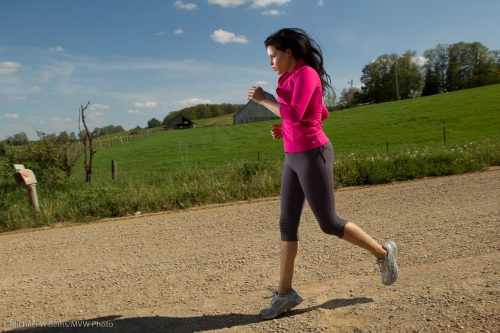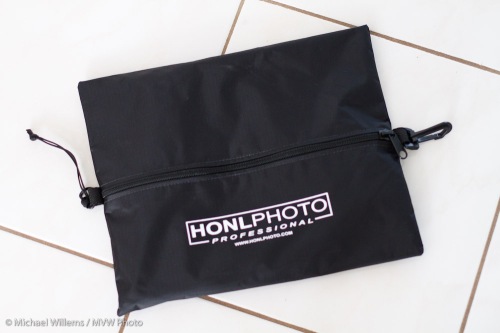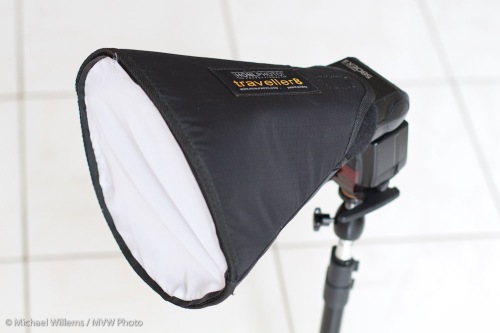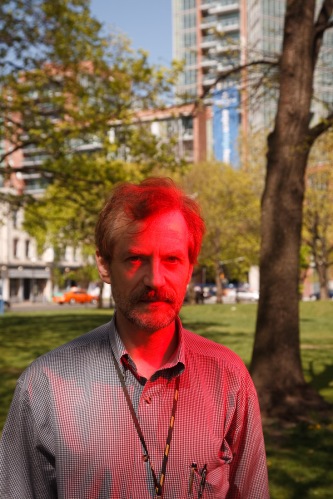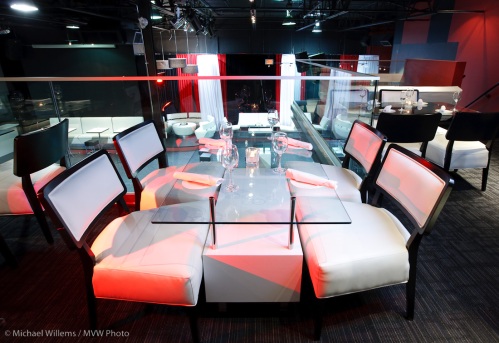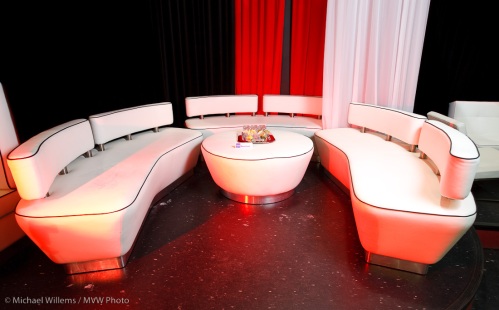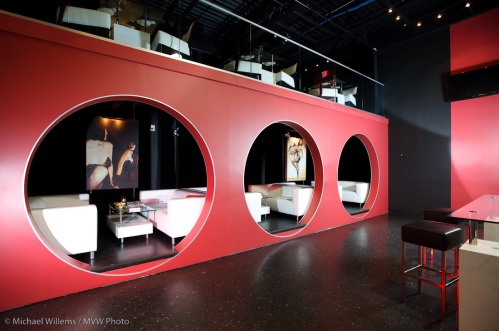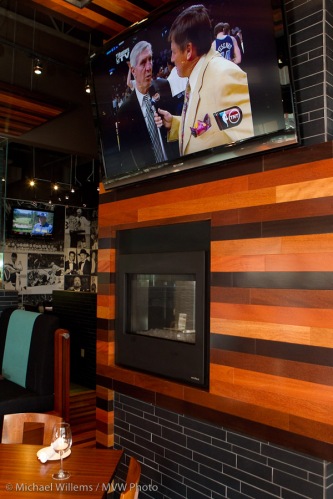We do not use flash “because it is too dark” – at least not just. We very often use flash because it is too bright outside.
By using a bright flash, we can:
- Decrease the exposure of the background, thus making it less bright
- Then use the flash to increase the exposure of the foreground, to avoid darkening it as a result of step 1 (becasue this would otherwise happen).
Step 1 also
- Increases the colour saturation.
- Allows you to make your subject stand out against the background.
Step 2 also allows you:
- To accent parts of your shot,
- To “model” shapes,
- To throw light where you want it.
At yesterday’s all day Country Creative Lighting Workshop in Mono, Joseph Marranca and I used technique to do exactly that. So you turn a simple snap into this, instead:
For this, we used technique. Technique that included (apart from a talented model):
- The use of two speedlites, set to manual, fired by Pocketwizards
- A Honl Photo Traveller 8 portable softbox on one
- Manual camera exposure settings
Two simple off-camera speedlites can create a shot like that? Yes they can. 430 EX speedlites can overpower the sun? Yes they can. Try it!

